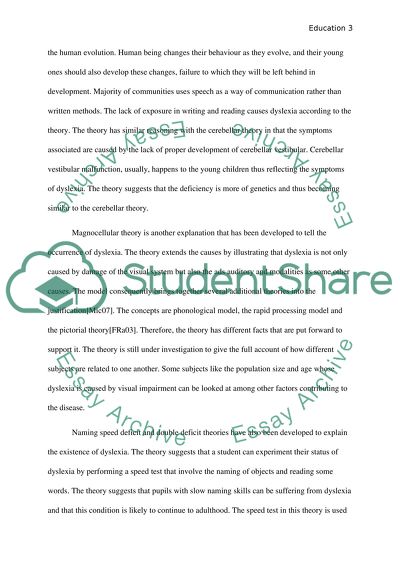Cite this document
(“Explain how different definitions and contrasting theories trying to Essay”, n.d.)
Explain how different definitions and contrasting theories trying to Essay. Retrieved from https://studentshare.org/education/1659451-explain-how-different-definitions-and-contrasting-theories-trying-to-explain-the-causes-of-dyslexia-have-shaped-your-understanding-of-the-syndrome-discuss-the-implications-for-a-diagnosis-of-dyslexia
Explain how different definitions and contrasting theories trying to Essay. Retrieved from https://studentshare.org/education/1659451-explain-how-different-definitions-and-contrasting-theories-trying-to-explain-the-causes-of-dyslexia-have-shaped-your-understanding-of-the-syndrome-discuss-the-implications-for-a-diagnosis-of-dyslexia
(Explain How Different Definitions and Contrasting Theories Trying to Essay)
Explain How Different Definitions and Contrasting Theories Trying to Essay. https://studentshare.org/education/1659451-explain-how-different-definitions-and-contrasting-theories-trying-to-explain-the-causes-of-dyslexia-have-shaped-your-understanding-of-the-syndrome-discuss-the-implications-for-a-diagnosis-of-dyslexia.
Explain How Different Definitions and Contrasting Theories Trying to Essay. https://studentshare.org/education/1659451-explain-how-different-definitions-and-contrasting-theories-trying-to-explain-the-causes-of-dyslexia-have-shaped-your-understanding-of-the-syndrome-discuss-the-implications-for-a-diagnosis-of-dyslexia.
“Explain How Different Definitions and Contrasting Theories Trying to Essay”, n.d. https://studentshare.org/education/1659451-explain-how-different-definitions-and-contrasting-theories-trying-to-explain-the-causes-of-dyslexia-have-shaped-your-understanding-of-the-syndrome-discuss-the-implications-for-a-diagnosis-of-dyslexia.


